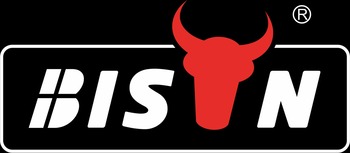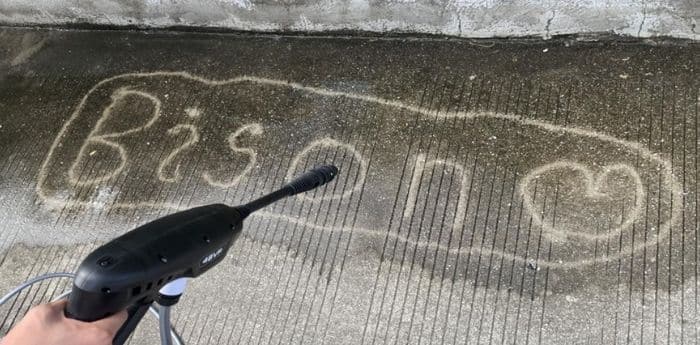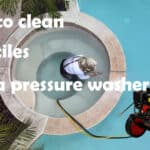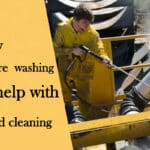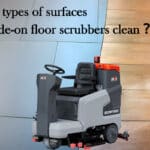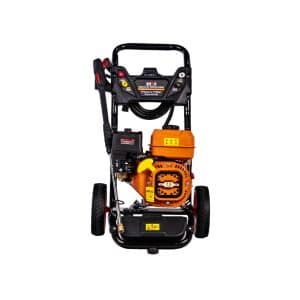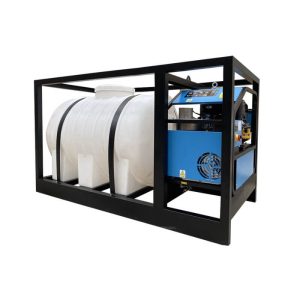
BISON Santy
Hello, I am Santy, the funder of bisonclean.com. I have been in cleaning machinery field for more than 5 years now, and the purpose of this article is to share with you the knowledge related to pressure washer from a Chinese supplier's perspective.
Table of Contents
Pressure washing is an effective means of cleaning and repairing surfaces, suitable for a variety of surface cleaning from domestic to industrial and commercial fields. It uses high-pressure water spray to quickly impact mold, dirt and dust to achieve a cleaning effect. Whether it is cleaning efficiency or cleanliness, other traditional cleaning methods cannot match.
However, incorrect use can cause surface damage, personal injury, and even environmental harm. Therefore, this article introduces the dos and don’ts of pressure washing, and provides BISON expert advice and some tips for using pressure washers effectively.
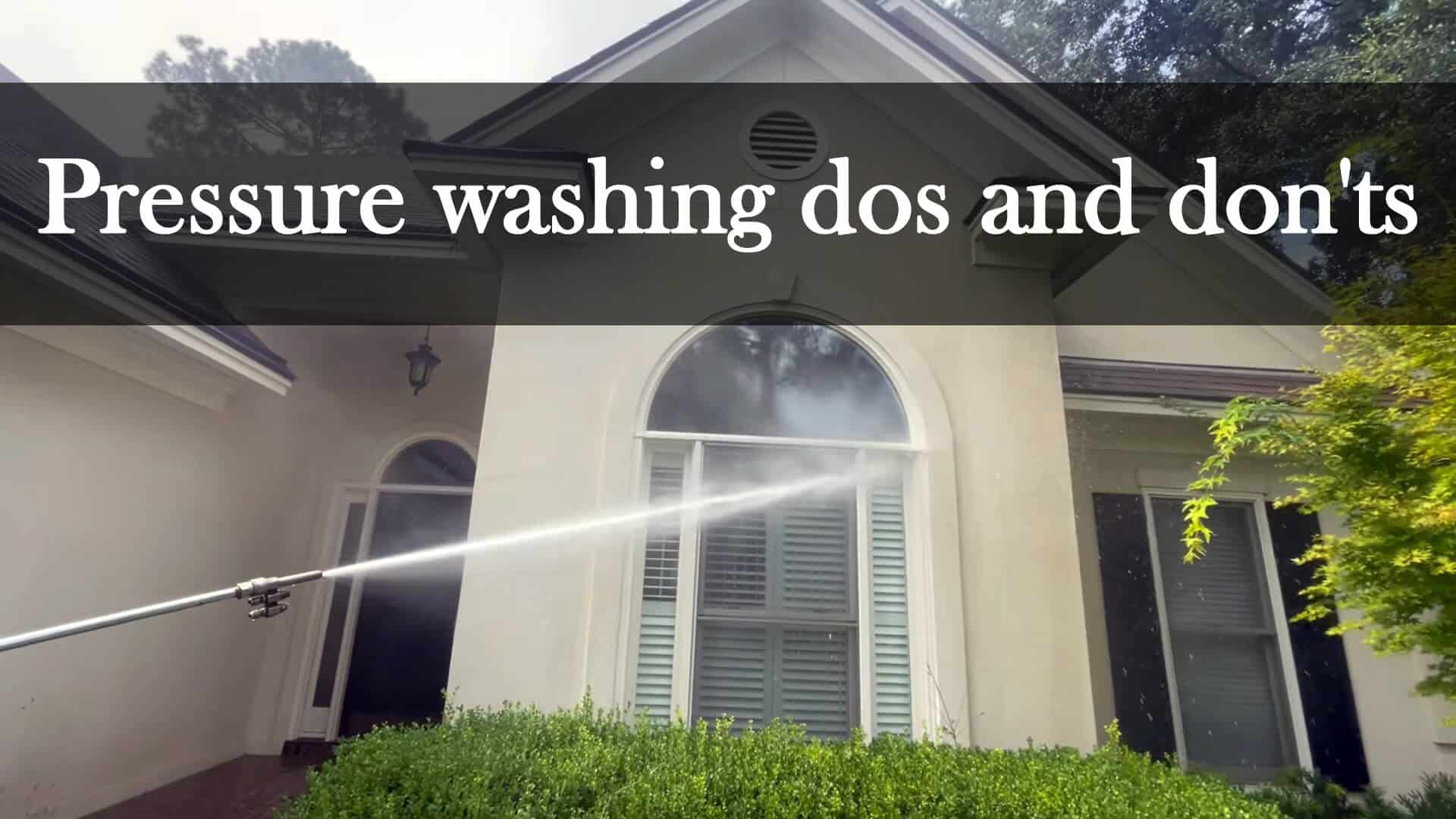
Pressure washing Dos and don’ts
To ensure you use it correctly and safely, here are some things BISON experts advise you to pay attention to:
1. Proper preparation
Use proper safety equipment
- Gloves: protect your hands from detergents and any sharp objects.
- Closed-toe shoes: sturdy shoes will not easily slip and get hurt.
- Safety glasses: protect your eyes from flying debris, small particles, and water mist.
Read the owner’s manual
Familiarize yourself with the various operations of the pressure washer, including how to start and stop, adjust the pressure level, and switch nozzles. Locate the hoses, connections, and nozzles according to the manual, and make sure there are no signs of wear, leaks, or damage.
Prepare the work area
Remove any breakable items that could create a trip hazard. Or use tarps or plastic sheets to cover plants, windows, electrical outlets, and other items that cannot be moved.
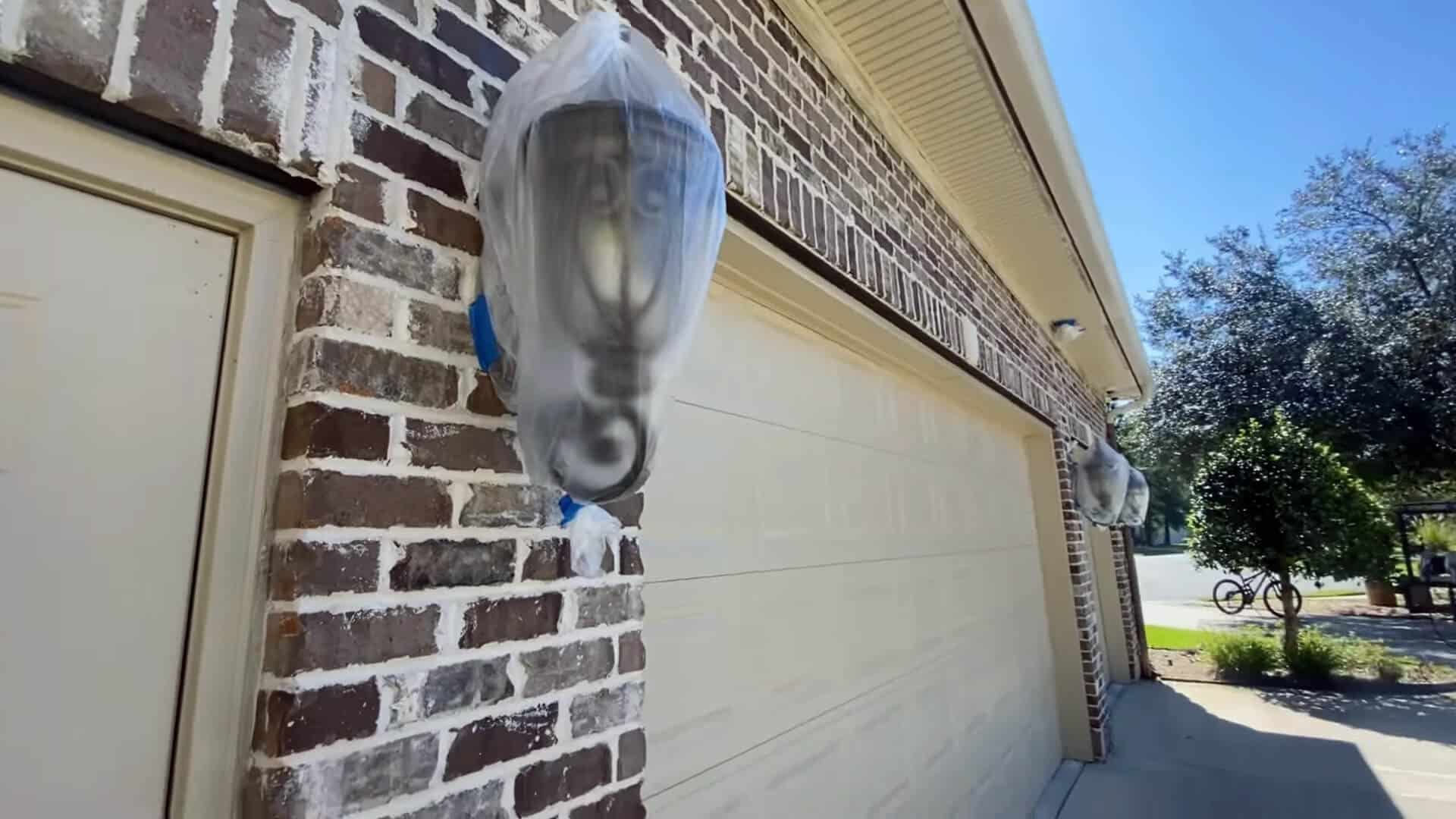
2. Use the right technique
Choose the right nozzle
It is important to understand the types of pressure washer nozzles. Different nozzles produce different spray patterns and pressure intensities. (Click on the subheading to view the pressure washer nozzle guide.)
Angle, distance, and method when spraying
- Effective angle: The spray boom is always at a 45 degree angle to the surface, which does not push dirt deeper into the surface and also removes dirt faster.
- Optimal distance: A safe spray distance, usually between 6 inches and 2 feet, and adjust as needed. Starting from a farther distance and then moving closer as needed can prevent accidental damage.
- Nozzle movement: From top to bottom, from left to right, always use a sweeping motion to avoid concentrating pressure in one place, which can cause surface damage.
Spraying techniques for different materials
- Wooden surfaces: Suitable for low water pressure of 500-1200 PSI, combined with wide-angle nozzles to produce evenly distributed spray. The method of cleaning along the direction of the wood grain can reduce the possibility of wood chipping or scratching.
- Concrete and brick: Use higher pressure (2500-3000 PSI) with a zero or 15-degree nozzle for tough stains. Be careful with fragile concrete as excessive pressure will cause surface etching.
- Siding (vinyl, aluminum, fiber cement): Use medium pressure with a wider nozzle, spraying downward to prevent water from getting behind the siding.
3. Use the proper cleaning solution
Pressure washing with detergents will yield better results, especially for stubborn stains (grease, oil, or mildew). Common detergents on the market include mildew removers, degreasers, and general cleaners. When choosing a detergent, in addition to choosing a matching detergent, you should also pay attention to whether the detergent is biodegradable, which will protect plants, animals, and waterways from chemical damage.
4. Test on a small area
Spot test in an inconspicuous area to ensure the pressure is not too high for that particular material. Adjust settings based on the test results before proceeding.
The taboos of pressure washing
- High-pressure water directed at people or animals can cause serious injuries, including cuts, punctures, and impact injuries.
- Untrained operators may not have enough knowledge of the functions of the pressure washer, which may lead to errors or accidents such as electrical hazards, kickback,or improper pressure settings.
- Don’t use a pressure setting that is too high. High-pressure water can strip paint, making your surfaces look worse than they already are. Aging or weathered wood may be weakened and prone to damage under high pressure. , Forcing water into building materials can lead to mold growth, rot, or interior damage.
- Do not use hot water unless this is a hot water pressure washer. Using hot water on a cold water pressure washer may damage the inside of the device and void its warranty.
- Do not start working in bad weather. Using an electric pressure washer on rainy and thunderstorm days will increase the risk of electric shock. At the same time, the cleaning agent will also be scattered around under the influence of wind and rain, polluting the environment.
- Understand local wastewater treatment and environmental regulations. Some jurisdictions require a permit for high-pressure washing, especially in commercial settings. And some chemicals are prohibited by local regulations.
Conclusion
While pressure washing can achieve very good results when cleaning surfaces, it is also necessary to remember that high pressure water is dangerous. BISON believes that as long as you follow the contents of this article, choose the right equipment, wear appropriate protective equipment, and follow the operating instructions, you can get the maximum safety protection.
As a professional pressure washer manufacturer in China, BISON pressure washers all use innovative technology, energy-saving motors, and sturdy pumps, and are committed to providing high-quality pressure washers to dealers. Each BISON pressure washer undergoes strict quality inspections and fully meets high-intensity commercial and industrial needs. Cooperate with BISON now to enhance your industry reputation!
FAQs About Pressure Washing Do's and Don'ts
Yes, you can use high pressure water to wash your roof, but be careful. BISON recommends that you use low pressure to wash your roof, which will protect the shingles or tiles from being damaged. For more detailed steps, please read “How to pressure wash a roof“.
Yes, you can use a water pressure of between approximately 1300 and 1500 PSI and a wide nozzle of 25-40 degrees for washing. This will ensure that you do not damage the paint or sensitive areas. Avoid getting too close to the surface of your car and be careful with areas such as windows and door seals to prevent water from entering.
You might also enjoy
Questions?
Contact Us Today.
Related Products
Find more?
Related Posts
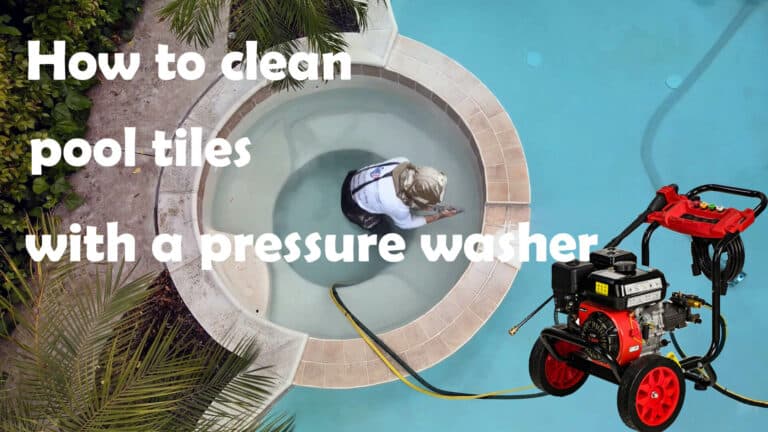
How to clean pool tiles with a pressure washer
This comprehensive guide will walk you through the steps to restore your pool tile to its original glory using a pressure washer.

How pressure washing can help with oil field cleaning
This article will show how pressure washing can provide a cleaning solution for the oilfield industry and explore its benefits and applications.
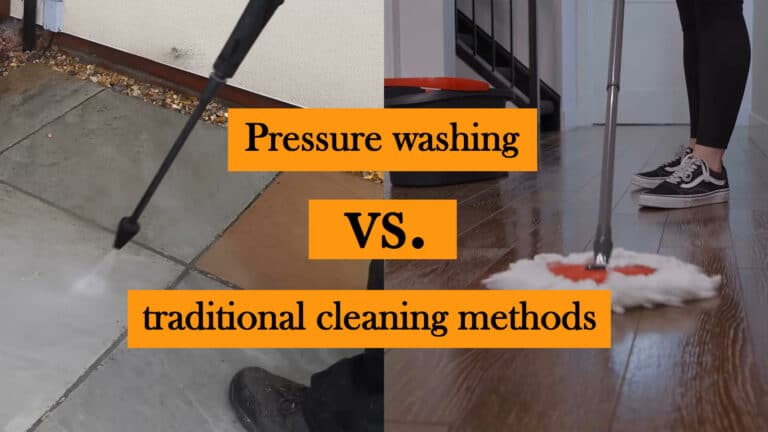
Pressure washing vs. traditional cleaning methods
In this article, BISON will take an in-depth comparison of pressure washing vs. traditional cleaning methods to highlight their pros and cons.
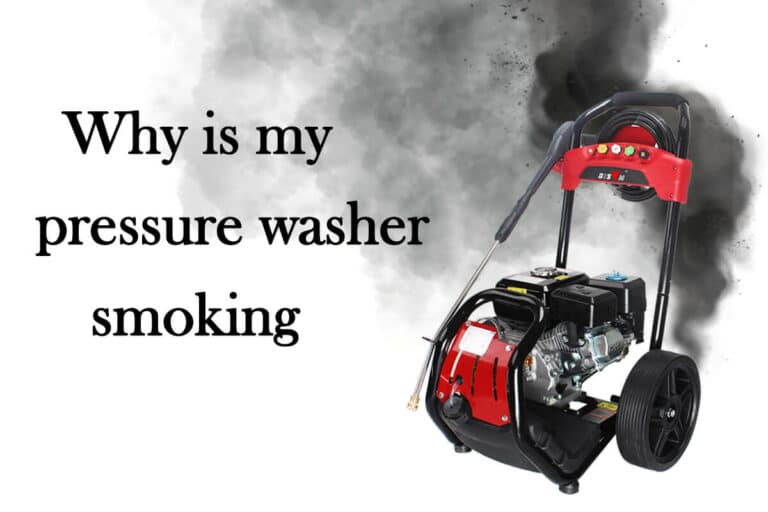
Why is my pressure washer smoking
This blog will help you understand the common reasons why your pressure washer may smoke. In the end, you’ll learn what the smoke could mean
